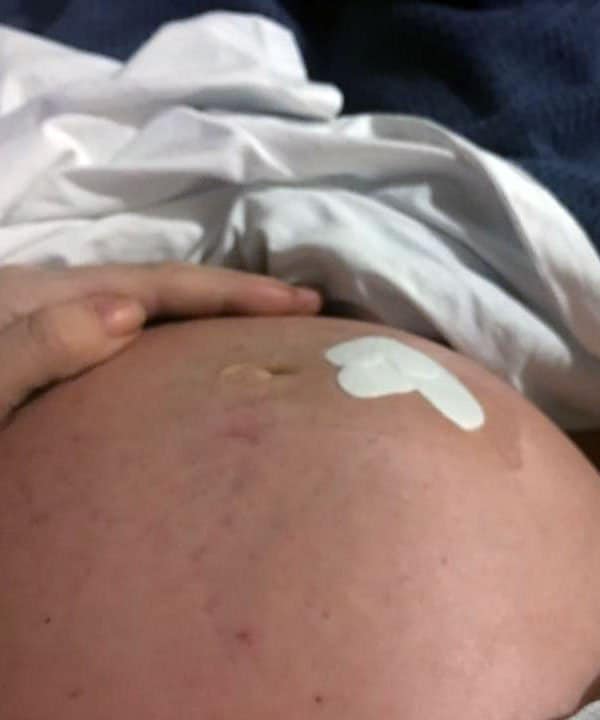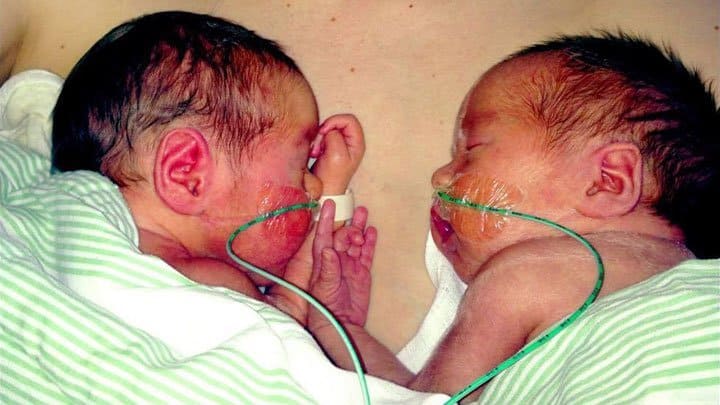New Study on Guidelines for Twin Pregnancy Weight Gain
The National Academy of Medicine (NAM) made changes to the guidelines concerning twin pregnancy weight gain in 2009.* A new Canadian study published in the journal BMC Pregnancy and Childbirth examines the outcomes of gaining weight below, within and above the NAM guidelines. The NAM guidelines were termed provisional, because they were based on limited data. The researchers set out to explore outcomes for babies and mothers, who gained weight below, within and above the provisional guidelines. Also, to explore ranges of weight gain among women who delivered twins at the recommended gestational age and birth weight, and those who did not.
In 2009 the NAM was called the Institute of Medicine (IoM).
Majority of women didn’t follow guidelines
A retrospective cohort study was conducted of all women who gave birth to twins between 2003 and 2014 in Nova Scotia, Canada. Women who were between 18 and 45 years of age and gave birth to twins at more than 20 weeks were eligible for study inclusion. Women were excluded if one or both of their babies had a birth weight below 500 grams, major congenital anomalies or Twin to Twin Transfusion Syndrome. Women who were underweight were excluded. This was decided because the current NAM guidelines don’t provide guidelines for underweight women. 741 women and 1482 infants were included in the study. The majority of the women did not gain the NAM recommended amount of weight during pregnancy. 27.1 percent gained below, 29.7 percent gained above, and only 43.2 percent gained within the guidelines.
Babies small for gestational age
Babies who were diagnosed small for their gestational age (SGA) occurred in 30.1 percent of the mothers who didn’t gain enough weight. Babies of women who gained below guidelines had a 44 percent higher risk of having a baby small for gestational age than women who gained within the guidelines. They also had a higher risk of low birth weight. The risk of having a baby small for gestational age was not significantly different in women who gained above the guidelines compared to those who gained within. Women who gained weight above the provisional guidelines had higher odds of labour induction. Gestational age, preterm birth prior to 37+0 weeks, instrumental delivery, or postpartum hemorrhage did not differ by any of the groups. 44 percent of the women delivered twins between 37 and 42 weeks, with an average twin birth weight greater than or equal to 2500 grams (5lbs, 8oz).
Visit our twin fetal weight charts if you want to learn about what twins weigh in the second half of pregnancy.














